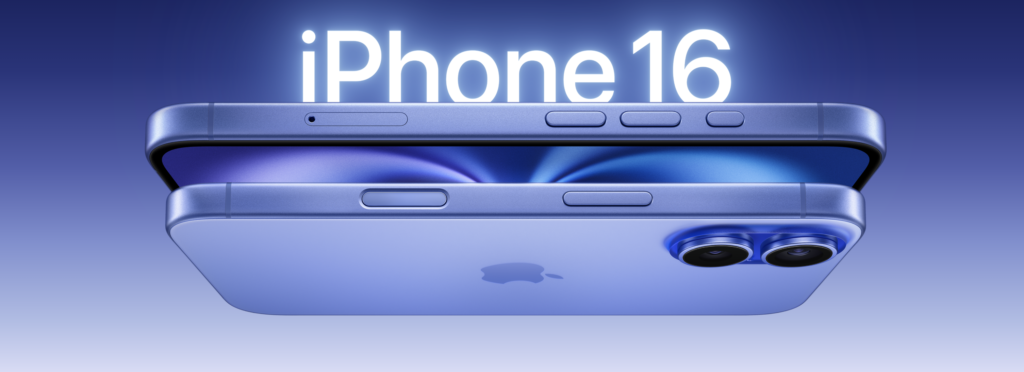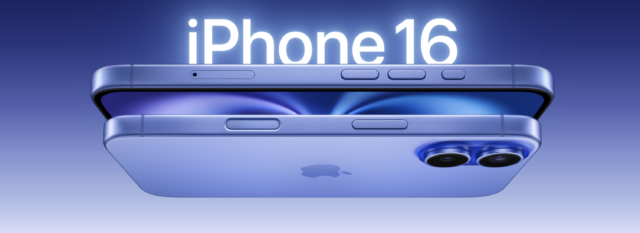By Ayrotv, April 13, 2025

In the high-stakes world of global trade, few companies feel the heat of geopolitical shifts as acutely as Apple Inc. With President Donald Trump’s sweeping tariffs reshaping the economic landscape in 2025, the tech giant finds itself at a crossroads: absorb crippling costs, pass them onto consumers, or relocate its iPhone manufacturing empire to American soil. Trump’s vision of “Made in the USA” iPhones has ignited fierce debate, but is it a realistic goal or a pipe dream that could triple the price of your next smartphone? Let’s unpack the complexities of this issue, from supply chains to consumer wallets, and explore what it means for Apple and its legion of fans.
The Tariff Tempest: Trump’s Trade War Reloaded
Since taking office in January 2025, President Trump has doubled down on his protectionist agenda, imposing reciprocal tariffs on key trading partners, with China bearing the brunt at a staggering 145% on imports. Other manufacturing hubs like India (26%) and Vietnam (46%) haven’t escaped unscathed either. For Apple, which assembles over 80% of its iPhones in China and relies on a sprawling Asian supply chain, these levies are a direct hit to its bottom line. The tariffs, dubbed “Liberation Day” by Trump, aim to bring manufacturing jobs back to American workers, with the iPhone as a glittering prize to validate his economic revolution.
Apple’s stock has taken a beating, plummeting nearly 20% in a week as investors grapple with the fallout. Analysts estimate the tariffs could force Apple to raise iPhone prices by 17-85% to maintain margins, potentially pushing the cost of a $1,199 iPhone 16 Pro to $1,500 or even $3,500 if production shifts stateside. “It’s the most head-scratching, absurd policy move we’ve seen in years,” said Wedbush Securities analyst Dan Ives, calling Apple “in the eye of the storm.” Yet, the White House remains bullish, with Commerce Secretary Howard Lutnick proclaiming on CNBC that iPhones “can be made with robotics in America.”
Why Apple Can’t Just Pack Up and Move
The idea of a “Made in the USA” iPhone sounds patriotic, but the reality is a logistical nightmare. Apple’s supply chain, meticulously built in Asia since the 1990s, is a marvel of efficiency and scale. Over 200 suppliers, from chipmakers like TSMC in Taiwan to assemblers like Foxconn in China, churn out millions of iPhones annually. Moving this ecosystem to the U.S. would take years—analysts peg it at 2028 at the earliest—and cost billions. Dan Ives estimates shifting just 10% of Apple’s supply chain would require $30 billion and three years, with “major disruption” along the way.
Labor is another hurdle. China’s workforce, highly skilled in precision manufacturing, assembles iPhones at a cost American workers can’t match. In 2018, Apple CEO Tim Cook noted that China’s edge isn’t cheap labor but a specialized talent pool honed for tech production. By contrast, the U.S. lacks the infrastructure and trained personnel for such scale. One extreme estimate from investor Glenn Luk in 2018 suggested a fully U.S.-made iPhone could cost $30,000-$100,000 due to labor and supply chain gaps, though most analysts dismiss this as hyperbole. Still, Bank of America’s Wamsi Mohan projects a 25% price hike for an iPhone 16 Pro based on labor costs alone.
Then there’s the supply chain itself. Even if Apple built U.S. factories, it would still import components from Asia, facing tariffs on those parts. A 2011 attempt to produce iPhones in Brazil showed the limits: despite a $12 billion factory, most components came from Asia, and Brazilian iPhones cost twice as much as Chinese ones. “The concept of making iPhones in the U.S. is a non-starter,” Ives told AP News, reflecting a consensus among analysts that domestic production is neither quick nor affordable.
Apple’s Playbook: Diversify, Stockpile, Negotiate
Apple isn’t standing still. Over the past decade, it has diversified manufacturing to India and Vietnam to hedge against U.S.-China tensions. India now produces 10-15% of iPhones, with Foxconn and Tata Electronics ramping up output under India’s production-linked incentive scheme. In a bold move, Apple reportedly airlifted 600 tons of iPhones—about 1.5 million units—from India to the U.S. in March to dodge looming tariffs, securing a “green corridor” for faster customs clearance. This stockpiling buys time, but it’s a short-term fix.
Longer term, Apple is leaning harder into India, where it exported $17 billion in iPhones last year. However, scaling up to meet global demand could take years, and India’s own 26% tariff complicates the math. Vietnam, another diversification bet, faces a 46% levy, leaving Apple with “nowhere to escape,” as Morgan Stanley’s Erik Woodring put it. Some analysts suggest Apple could lobby for tariff exemptions, a tactic that worked during Trump’s first term. Tim Cook’s diplomatic approach—evident in his $500 billion U.S. investment pledge and meetings with Trump—may soften the blow, but exemptions are no guarantee in today’s volatile trade climate.
The Consumer Conundrum: Sticker Shock or Samsung Switch?
For iPhone fans, the tariffs spell one word: pain. A UBS report warns the iPhone 16 Pro Max could jump by $350, while Rosenblatt Securities projects a 43% hike, turning a $799 iPhone 16 into $1,142. At the high end, Wedbush’s $3,500 estimate for a U.S.-made iPhone would make it as pricey as Apple’s Vision Pro headset, which flopped due to its cost. Social media is buzzing with frustration, with some X users joking it’s “Trump’s masterstroke to promote Android phones” and others vowing to switch to Samsung. “Goodbye iPhone, hello Samsung,” one post quipped, capturing a growing boycott sentiment.
Apple faces a delicate balancing act. Absorbing tariff costs could erode its hefty margins, while passing them on risks alienating customers. “If Apple raises prices to $2,000, they’re betting on brand loyalty, but that’s a gamble,” said IDC’s Ryan Reith. Competitors like Samsung, which also face tariffs but have broader manufacturing footprints, could seize market share if Apple stumbles. The ripple effects could even slow the AI revolution, as Ives warns, since higher costs might curb investment in cutting-edge tech.
The Bigger Picture: An Economic Revolution or a Miscalculation?
Trump’s tariffs are a bold bet on reshaping global trade, but critics argue they’re a blunt instrument. While they aim to revive U.S. manufacturing, the immediate impact is higher costs and market turmoil. Apple’s predicament underscores a broader truth: modern supply chains are global by necessity, not choice. Dismantling them overnight ignores decades of economic evolution. “It’s not about screwing in little screws,” Reith told The Washington Post. “It’s about an ecosystem that doesn’t exist here.”
On the flip side, Trump’s supporters see tariffs as a wake-up call. The White House points to Apple’s $500 billion U.S. investment—touted by Trump on Truth Social—as proof companies can adapt. Yet, even this pledge focuses on AI servers and high-end Macs, not iPhones. The administration’s 90-day tariff pause for some countries offers hope of negotiation, but China’s 145% levy remains non-negotiable, leaving Apple exposed.
What’s Next for Apple and iPhone Buyers?
As tariffs bite, Apple’s next moves are critical. Short-term, expect price hikes as stockpiles dwindle—analysts predict increases within weeks. Medium-term, India could become a bigger hub, though not a full replacement for China. A U.S. factory might materialize for optics, but don’t hold your breath for a flood of American iPhones. Cook’s charm offensive with Trump may yield concessions, but Apple’s global model isn’t bending easily.
For consumers, the advice is stark: buy now or brace for sticker shock. Steven Rubio, a San Francisco retiree, rushed to upgrade his iPhone before prices spiked, a sentiment echoed by many. If prices do soar, brand loyalty will be tested like never before. Will you pay $3,500 for a U.S.-made iPhone, or is it time to explore alternatives?
The tariff saga is far from over, and Apple’s dance with Trump’s trade policies will shape not just its future but the tech industry’s. One thing’s clear: the iPhone, once a symbol of innovation, is now a battleground for economic nationalism. Whether that’s a revolution or a misstep depends on who’s holding the bill.
Sources: Insights drawn from recent analyses by Wedbush Securities, Morgan Stanley, CNBC, Bloomberg, Reuters, The Washington Post, and posts on X reflecting public sentiment. All projections and estimates are subject to change as trade policies evolve.
Published by ayrotv.com, April 13, 2025









